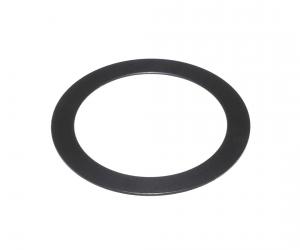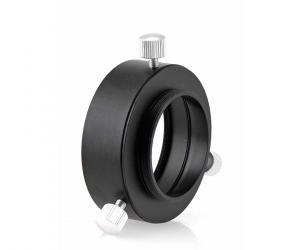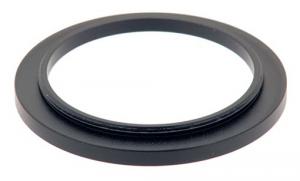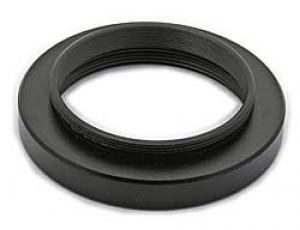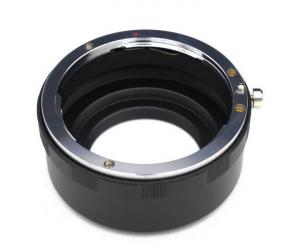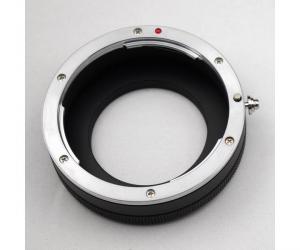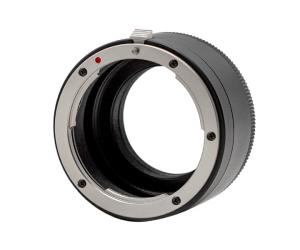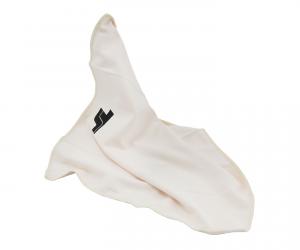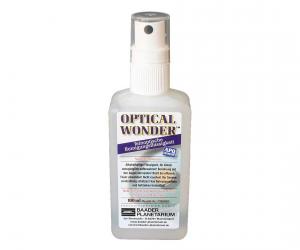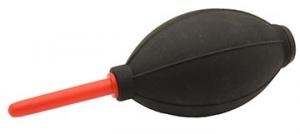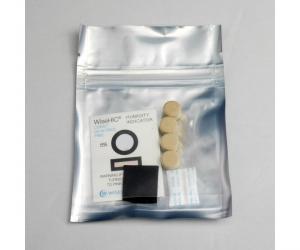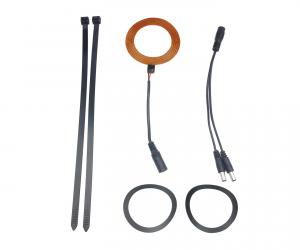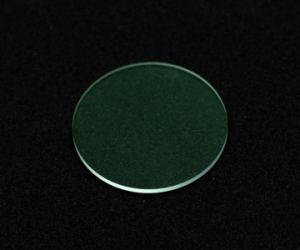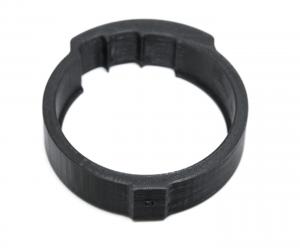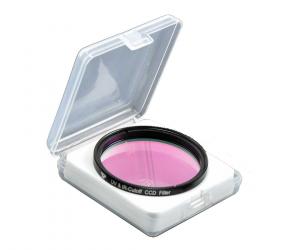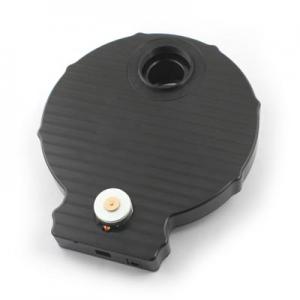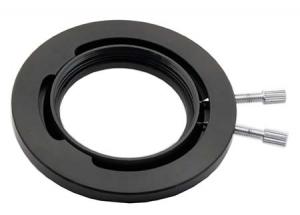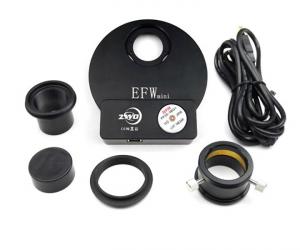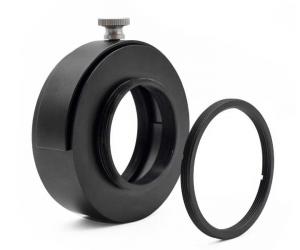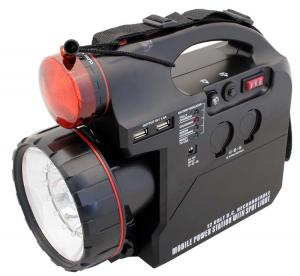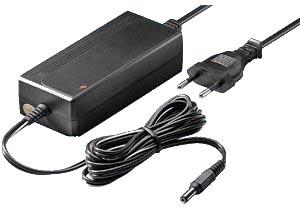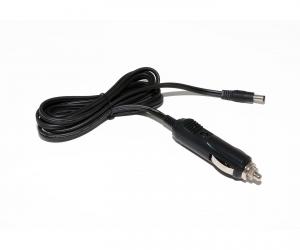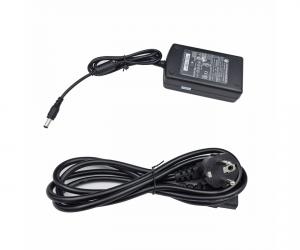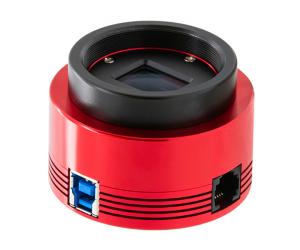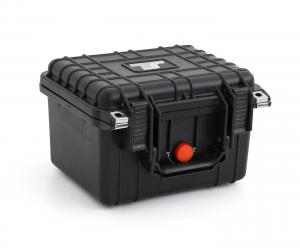- Telescopes
- Overview:
Telescopes - Achromatic Refractor
- Apochromatic Refractor
- Overview:
Apochromatic Refractor - ED Refractor - less color aberration than an achromatic
- SD APO - color free 2-element APO objective
- EDT APO - 3 element ED objective
- High End APO with 3-element APO objective - no color aberation
- Flatfield APO with flat field for Astrophotography
- All Apos and EDs from all manufacturers - large overview
- TS APO and ED from Japan with high quality optics
- Overview:
- Newtonian Telescopes
- Dobsonian Telescopes
- RC Ritchey Chretien Telescopes
- Casssegrain Telescopes
- Reflektor Telescopce with Lens Correcture
- Maksutov Cassegrain Telescopes
- GoTo Telescopes
- Solar Telescopes H-Alpha
- Overview:
- Mounts Tripods Rings Rails Power Supply ...
- Overview:
Mounts Tripods Rings Rails Power Supply ... - Mounts Equatorial with GoTo
- Mounts Equatorial without GoTo
- Mounts Azimutal with GoTo
- Mounts Azimutal without GoTo
- Mounts GoTo - Harmonic Drive
- Travel mounts for astro imaging
- Tripods Piers Polar Wedges
- Mount Control & Electronics
- Dovetail Clamps, Plates and Mount Adapters
- Tube Rings
- Power Supply
- Counterweights Balance Weights
- Mount Accessories - Other
- Overview:
- Telescope Accessories
- Overview:
Telescope Accessories - Eyepieces
- Barlows & Reducer Lenses
- Diagonal Mirrors and Prisms
- Binocular Viewers
- Finder Scopes
- Telescope Collimation and Test
- Cleaning Tools
- Transport and Storage
- Dust protection for Telescopes & Accessories
- Stray Light Protection
- Dewcaps and Heater
- Focusers, Adapters, Motorfocus
- Telescope DIY & Improvement
- Other telescope accessories
- Replacement Parts
- Overview:
- Filters
- Overview:
Filters - Color Filters and Color Filtersets
- Nebular Filters for Visual Observing
- Neutral-Density and Polfilter
- Photo Narrowband Nebular Filters
- Photo Broadband Filters
- Photo Planetary Filters
- Photo R-G-B and IR Cut Filters
- Photo - Filtersets
- Photometric Filters
- Clip Filter for DSLR Cameras
- Filter Wheels and Filterslider
- Solar Filters for white light
- Solarfilter for H-Alpha and Calcium
- Overview:
- Adaptors
- Overview:
Adaptors - Adapter 1,25" and 24,5mm
- Adapter 2"
- Adapter T2 - M42x0.75
- Adapter M48x0,75
- Adapter M54
- Adapter SC
- Adapter M63
- Adapter M68
- Adapter to other Threads
- Adapter Extensions
- Adapter camera bayonet
- Adapter Objective Filterthread
- Adapter Quick Changing , Rotation
- Adapter Eyepiece Projection
- Adapters Tilting
- Overview:
- Astrophotography and Photography
- Overview:
Astrophotography and Photography - Cooled Cameras
- Cameras without Cooling
- Deep-Sky Cameras uncooled
- Set-Offers Camera, Filter, Wheels
- Acessories for Cameras
- Travel mounts for astro imaging
- Imaging Correctors for Telescopes
- Autoguiding Cameras & Sets
- Everything for Guiding
- Focusing aids - Bahtinov mascs
- Flat Field foils and boxes
- Lenses for Cameras
- Piggyback Camera Holder
- Camera Bags, Photocases & more
- Digital Camera and Smartphone Adapter
- Other photo accessories
- Overview:
- Binoculars, Spotting Scopes, Microscopes, Range Finders
- Overview:
Binoculars, Spotting Scopes, Microscopes, Range Finders - Spotting Scopes and Acessories
- Roof Prism Binoculars
- Binoculars with Porro prisms
- Binoculars from 100mm Aperture
- Binoculars with 1,25 inch eyepieces
- TSMX APO Binoculars
- Binoculars for Astronomy
- Binoculars Hiking Bird watching
- Monoculars - Opera Binoculars
- Accessories for Binoculars
- Range Finders
- Microscopy
- Bags for Phototripods & Binoculars
- Overview:
- Phototripods and Binomounts
- Books, Software
- Overview:
Books, Software - Books for Astronomy Beginners
- Star Charts and Planispheres
- Books about our Solar System
- Observing Tips for Amateurs
- Popular Astronomy Literature
- Teaching material
- Astrophotography books
- Telescopes, Observatories, Construction
- Calendars Yearbooks
- Software, Star Charts
- Books for Microscopers
- Books Nature and Animals
- Nature Photography TimeLapse
- Overview:
- Night Vision, Magnifiers, Weather, Domes & more
- Beginner Astronomy and Gift Ideas
- Second Hand & Special Offers
- New products
Manufacturer: ASI - ZWO
Product number: ASI585MM-P
EUR889.00new
EUR 889,00
incl. 19 % VAT (DE)
The VAT indicated refers to that applicable in Germany. After logging in, the VAT amount is adjusted to the applicable VAT of the stored delivery country. Therefore, the final price may vary accordingly.
excl. 6.95 € shipping costs (DE)
more details to the shipping costs ...Please log in to calculate shipping costs to your country.
There are no reviews for this product
- Details..
- Technical data..
- In the box..
- Manufacturer infos..
- Safety informations..
ZWO ASI585MM Pro monochrome astro camera with active Peltier cooling - A camera for all astrophotographic applications
This camera is equipped with a 1/1.2" sensor with 3840*2160 pixels (4K UHD). The modern Sony IMX585 sensor is particularly impressive due to its high resolution (2.9 µm pixels), high frame rate and the complete absence of annoying amp glow. This makes this camera very interesting not only for planets and the sun and moon, but also for long exposures (deep-sky photography). The sensor is large enough for many deep-sky objects, yet you can usually manage without a corrector. The ASI585MM Pro is an ideal entry-level camera, but also an exciting second camera for dedicated astrophotographers. The camera is very well suited for:This camera is an alternative to DSLR and mirrorless system cameras for deep-sky photography
Even the raw images are of high quality, as the sensor no longer shows any amplifier glow and the images are very smooth. Added to this is the powerful Peltier cooling up to 35 °C below ambient temperature, which means that low-noise images can be taken even at the height of summer.
Moon and planetary photography
Thanks to the fine 2.9 µm pixels, you can achieve a very high resolution from f/10, which makes the use of Barlow and converter systems superfluous.
EAA (electronically assisted astronomy)
The high resolution, combined with a high frame rate of 47 fps at full resolution (RAW8 format), allows real-time observation not only of planets, but also of the moon and sun due to the relatively large sensor. Simply observe together in a group - without having to wait until everyone has had a turn!
Anti-reflective clear glass filter protects the sensor from dust
The clear glass filter prevents dust from penetrating the sensor. It also lets UV and infrared light through so that you can also use the camera for infrared photography. With the right choice of contrast filters, fog filters, IR pass filters or UV/IR blocking filters, you have full control over which light falls on the sensor.
Peltier cooling - reduces the sensor temperature
The sensor heats up during shooting. Thanks to the controlled Peltier cooling, you can keep the sensor well cooled even at high outside temperatures. At an ambient temperature of 20 °C you can cool the sensor down to -15 °C.
Very high sensitivity for short exposure times
One advantage of the back-illuminated CMOS sensor is the reduced readout noise and improved sensitivity. In particular, Sony uses STARVIS-2 technology with the IMX585 sensor, which ensures excellent visibility in low light. You can achieve a very high light yield in astrophotography and obtain high image quality not only in visible light but also in the near infrared range (to reduce seeing). In addition, the low readout noise and the high full-well capacity ensure a larger dynamic range.
In combination with the large field of view offered by the large sensor format, the ASI585MM Pro is not only ideal for solar, lunar and planetary imaging, but can also be used as a live streaming camera or as an all-sky camera for observing or monitoring weather conditions.
The low noise and anti-ampglow circuit make this Peltier-cooled camera interesting for capturing deep-sky objects such as faint nebulae, star clusters and galaxies.
The HCG mode
The camera has a built-in HCG mode that can effectively reduce readout noise at high gain and maintain the same wide dynamic range that you would expect at low gain. When the gain is 200, the HCG mode will turn on automatically. This results in readout noise of just over 1 e-, while the dynamic range can still reach almost 12 f-stops.
Note: Previously, HCG mode switched on at a gain of 252. To switch on at a gain of 200, you must update ASIAIR or ASIStudio. After updating, you will need to re-shoot calibration frames to ensure proper stacking in post-processing.
Practical tip 1 from TS: Integration of 2" filters, 360° rotation and quick coupling
The camera is often used on correctors that do not offer a filter thread. In addition, the filters should always be used as close as possible to the camera. Here we offer you a solution that can do much more.
Adaptation is very simple, the 21 mm T2 extension is replaced by:
One tuning ring goes on the camera side, one tuning ring goes on the telescope side of the rotator. Then screw on the M42-M48 adapter with 16.5 mm length and you are at the correct distance with the camera.
Practical tip 2 from TS: Storing cameras and accessories
Especially in our latitudes, the nights are often very humid. This moisture settles on your camera, eyepiece or filter when they come into the warm interior of your home. Cooled cameras are particularly affected by this. A photo session can quickly come to an end because the sensor ices up.
Proper storage is an important preventative measure against dew and also extends the service life of the camera.
After use, put the camera immediately into the TS Protect Case and add some silica gel. During storage, the silica gel absorbs the moisture from the camera. At the same time, the penetration of moist room air is prevented. Dry storage can even partially regenerate the small drying tablets in cooled cameras. Your camera or accessories are always ready for you in optimum condition. You can find the silica gel and the case in our product recommendations.
The cameras are not airtight, so if the camera remains on the telescope, it is exposed to moisture. The small amount of desiccant in the camera can protect the sensor and the inside of the protective glass from moisture for the duration of the exposure, but not for days on end. Moisture problems can be the result. A simple trick is to stretch a plastic bag around the focuser to which the camera is attached so that no air can get in. Silica gel is placed in a small cloth bag inside the plastic bag. This will also create a "dry climate zone" for the camera on the telescope. This allows you to leave the camera on the telescope for a few days for an imaging session lasting several days.
In the medium and long term, however, this is no substitute for proper storage in an airtight case with silica gel.
Downloads, drivers
ZWO provides software and drivers online for free download.
Software and drivers for all ZWO cameras
Frequently asked questions about ZWO cameras
The FAQ area is constantly updated by ZWO, here you will find answers to many questions.
FAQ about ZWO cameras
ZWO Users Forum
Manuals for ZWO products
The manuals page is constantly updated by ZWO, here you can find user guides for ZWO products.
Link to the manuals
How to clean my ZWO camera
The manufacturer provides a manual that covers how to clean an ASI camera and regenerate the desiccant tablets: Please click here.
| Sensor: | Sony 1/1.2 inch CMOS IMX585 (mono) |
| Resolution: | 3840 x 2160 pixels, 8.28 megapixels |
| Pixel size: | 2.9 µm |
| Sensor size: | 11.13 mm x 6.26 mm |
| Sensor diagonal: | 12.84 mm |
| Exposure time: | from 32 µs - 2000 s |
| Recording speed: | up to 46.9 fps at 4K UHD resolution |
| ROI: | Supported |
| Quantum efficiency: | 91 % |
| ADC: | 12 bit |
| Full well: | 40 ke- |
| Antiampglow circuit: | Yes |
| Readout noise: | 0.7 e- |
| Distance from T2 female thread to sensor: | 17.5 mm |
| Distance from T2 male thread: | 6.5 mm (the male thread does not count) |
| Shutter type: | Rolling shutter |
| Protection window: | AR dust protection window (UV and IR light are transmitted) |
| Connection: | USB3.0/USB2.0 |
| Bit resolution: | 12 bit output (12 bit ADC) |
| Telescope connection: | 2" / 1.25" / M42x0.75 |
| Size: | 78 mm diameter and 86 mm length |
| Weight: | 410 grams |
| Manufacturer / Importeur: | Teleskop-Service Ransburg GmbH |
| Street: | Von-Myra-Str. 8 |
| ZIP / City: | 85599 Parsdorf |
| Country: | Germany |
| Telefon number: | +49 89 99228750 |
| Email: | info@teleskop-service.de |
| Website: | www.teleskop-service.de |
Safety informations: PDF Download
Recommended accessories
Adaptation Suggestion
Adaptors
Cleaning & Collimating
TS-Optics Optical Super Microfiber Cleaning Cloth
EUR 4,99RRP EUR 7,95you save 37.2% (EUR 2,96)
General Accessories
Photo Acessories
ZWO EFW Mini - motorised Filter Wheel for 5x 1.25" or 5x 31 mm filters
EUR 199,00RRP EUR 249,00you save 20.1% (EUR 50,00)
Power Supply
Omegon Power Tank with 7 Ah - 12 V power supply for telescopes
EUR 119,00RRP EUR 149,00you save 20.1% (EUR 30,00)
Similar Products
ZWO ASI585MC Color USB3.0 Astro Camera - Sensor D=12.84 mm, 2.9 µm Pixel Size
EUR 449,00RRP EUR 589,00you save 23.8% (EUR 140,00)
ZWO ASI585MM Mono USB3.0 astro camera - Sensor D=12.84 mm, 2.9 µm pixel size
EUR 589,00RRP EUR 622,00you save 5.3% (EUR 33,00)
ZWO ASI585MC Color Astro Camera with Guiding Sensor and ASIAir - Sensor D=12.84 mm
EUR 999,00RRP EUR 1.099,00you save 9.1% (EUR 100,00)
Transport & Covers
TS-Optics Protect Case waterproof hard case - width 271 mm
EUR 34,98RRP EUR 44,95you save 22.2% (EUR 9,97)
Reviews
Written by Johannes Grimm
on 2025-08-23
"Ich hatte die Kamera inzwischen einige Male im Einsatz und bin mit den Ergebnissen sehr zufrieden. Ich würde sagen, sie funktioniert exakt wie erwartet und stellt mich vor keine unerwarteten Herausforderungen."




















